
FREE SHIPPING ON PRECUT KIT ORDERS OF $100 OR MORE
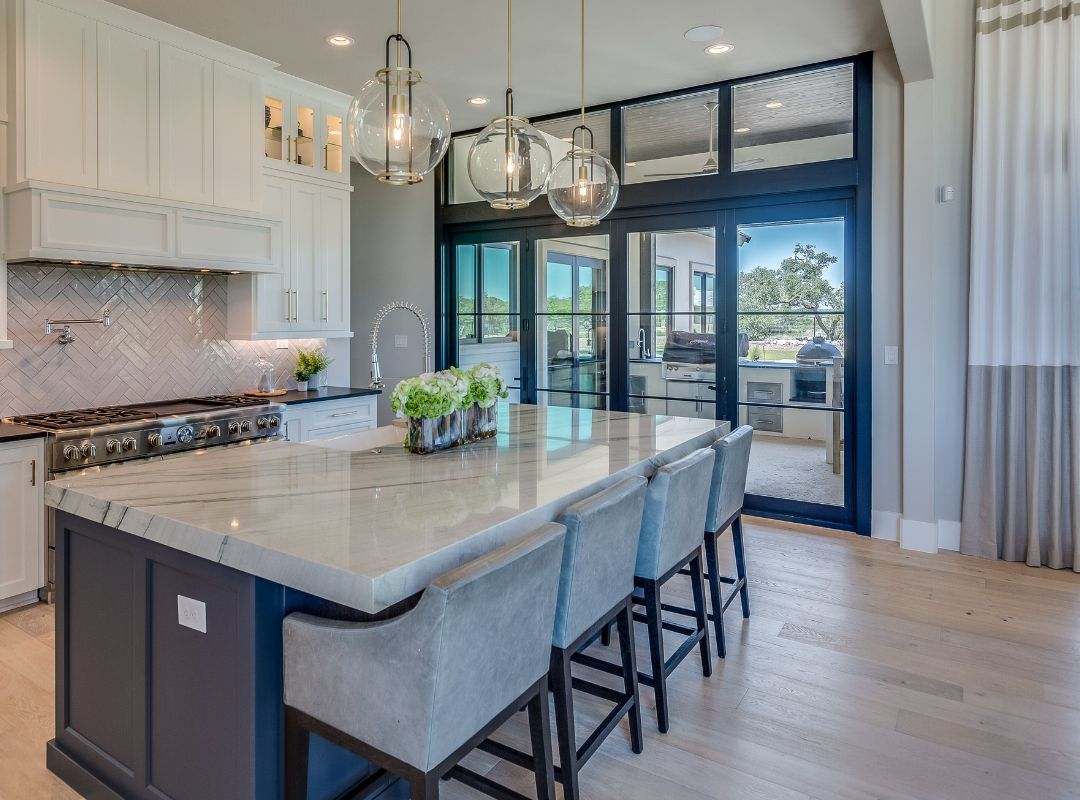
Wood floors have been a design constant in homes since people started building houses. They are durable, easier on your feet than harder flooring like tile, and come in many grains and finishes. While there are man-made alternatives that are more durable than wood, nothing beats the naturally beautiful look of real wood. If you’ve added this warm feature to your home, you’ll want to know how to care for wood floors.
First, let’s look at what can cause damage to wood floors. Wood floors can fade or be damaged over time due to a variety of factors, including:
Exposure to direct sunlight can cause wood floors to fade over time. Ultraviolet (UV) rays from the sun can break down the wood’s natural oils, causing it to fade and discolor.
Extreme heat from the sun can weaken the wood’s fibers causing it to fade. Weakened fibers also lead to a softening of the wood which is more susceptible to damage.
Exposure to harsh chemicals, such as cleaning products or solvents, can strip away the natural color and finish of wood floors, causing them to fade.
Over time, foot traffic and general wear and tear can wear away the finish and expose the underlying wood, causing wood floors to lose their luster and fade in color.
Exposure to moisture can cause wood floors to fade and discolor. This is particularly true for light-colored woods, which can become yellow or gray when exposed to water.
Like all natural materials, wood floors will age over time, causing the wood to become dull and faded.
If you want to prevent your wood floors from fading, it is important to take steps to protect them from these factors. You can do this by:
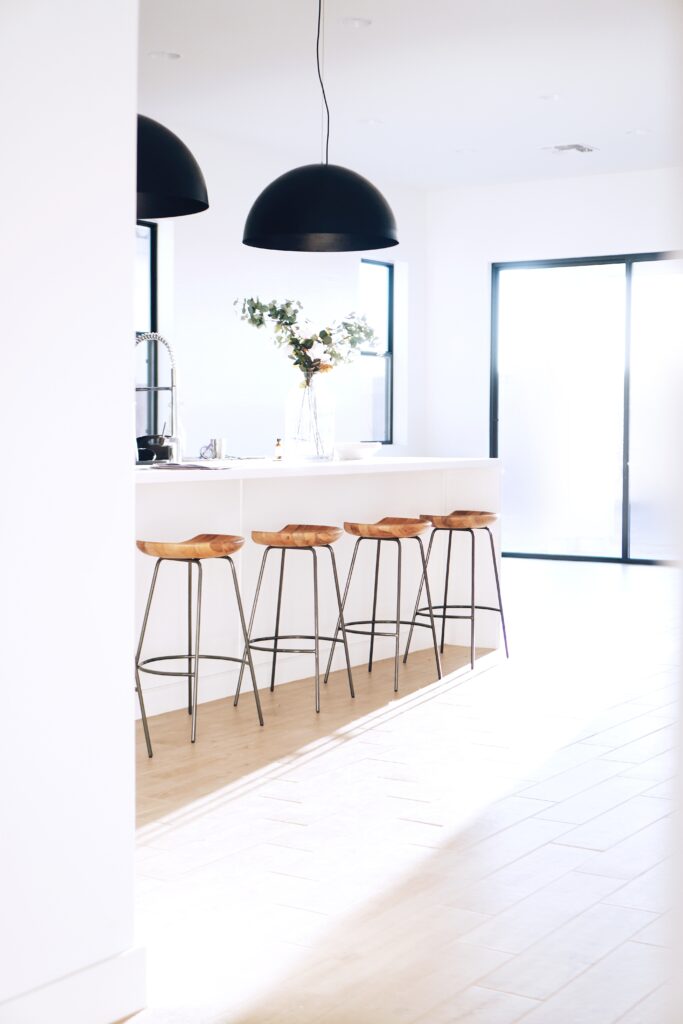
Window treatments can help to block out sunlight and reduce the amount of heat that your floors are exposed to. Check out our post on window treatments.
Window film is a great window treatment to help prevent fading. The right window film will block UV rays from hitting your floors and will reduce the amount of light and heat that your floors are exposed to. All without compromising your views.
ComforTech™ Ceramic Series from Concord Window Film is an excellent choice to protect your wood floors. Every ComforTech™ shade blocks >99% of UV rays and all offer a measure of visible light and heat rejection. You can choose a shade with our product simulator or order a sample kit to see the film in your own space.
A sealant can help to protect your floors from moisture and chemicals as well as wear and tear. Here are the general steps for sealing wood floors:
Before you begin, ensure that the wood floors are clean, dry, and free of any debris. Sand the floors if necessary to remove any existing finish or coatings.
Apply the sealer to the wood floors using a brush, roller, or sprayer. Begin at one end of the room and work your way towards the other, applying a thin, even layer of sealer to the wood.
Allow the sealer to dry completely according to the manufacturer’s instructions. This can take anywhere from a few hours to overnight, depending on the type of sealer used.
After the sealer has dried, lightly sand the floors with fine-grit sandpaper to remove any raised grain or rough areas.
Depending on the type of sealer used, you may need to apply a second coat for added protection. Follow the same process as before, allowing the sealer to dry completely before sanding the floors again.
Finally, allow the sealer to cure completely before walking on or placing furniture on the floors. This can take several days to a week, depending on the type of sealer used.
It’s important to note that the specific steps for sealing wood floors may vary depending on the type of sealer used, the condition of the floors, and other factors. Be sure to follow the manufacturer’s instructions carefully and take all necessary safety precautions when working with sealers and other chemicals.
Mopping your floors regularly can help to remove dirt and grime that can build up and cause fading.
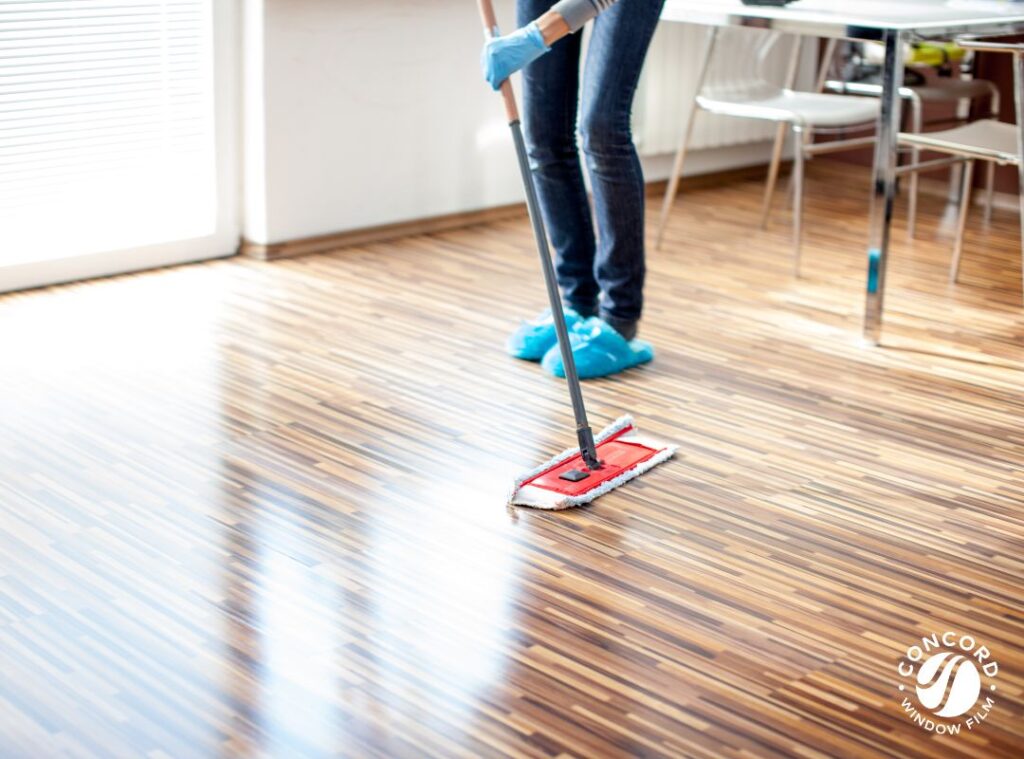
It is also important to use the right cleaning method. When mopping your hardwood floors, use a soft, damp mop and avoid using too much water. Excess water can damage the finish of your floors and cause them to warp.
After you have mopped your floors, be sure to dry them completely. You can do this by using a dry mop or a towel. If you do not dry your floors completely, they may become sticky and attract dirt and dust.
When cleaning your floors, avoid using harsh chemicals that can damage the finish. Make sure to use an appropriate cleaner for wood floors.
The best cleaner for hardwood floors is one that is specifically designed for use on wood. These cleaners are typically made with mild, non-abrasive ingredients that will not damage the finish of your floors. They are also designed to be effective at removing dirt, dust, and grime without leaving behind streaks or residue.
When choosing a cleaner for your hardwood floors, it is important to consider the type of finish that you have. If your floors are sealed, you can use a variety of different cleaners. However, if your floors are unsealed, you will need to use a cleaner that is specifically designed for unsealed wood floors. These cleaners are typically made with less harsh ingredients that will not damage the unfinished wood.
Refinishing your floors every few years can help to restore their color and protect them from further damage.
Refinishing hardwood floors is a process that involves removing the old finish, sanding the wood, and applying a new finish. It is a time-consuming and labor-intensive process, but it can be done by the DIYer with the right tools and materials.
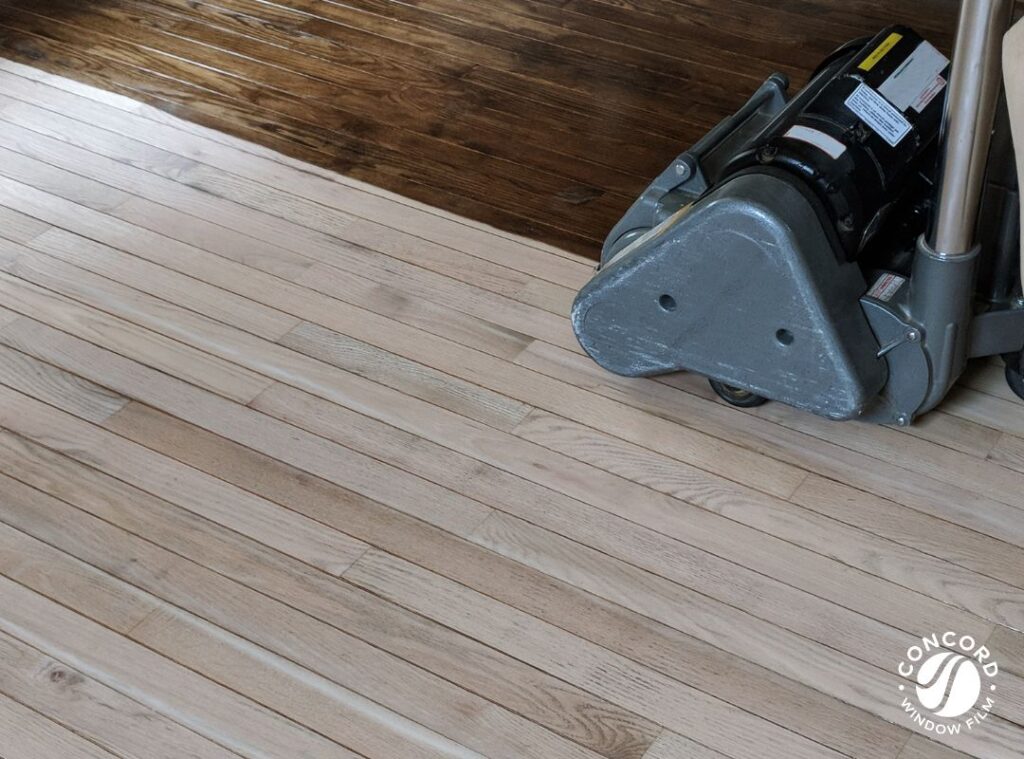
Below are the basic steps on how to refinish hardwood floors. For more detailed instructions, HGTV has a comprehensive refinishing tutorial.
Use mats for wet shoes and clean up any spills immediately so they don’t have time to damage the floors.
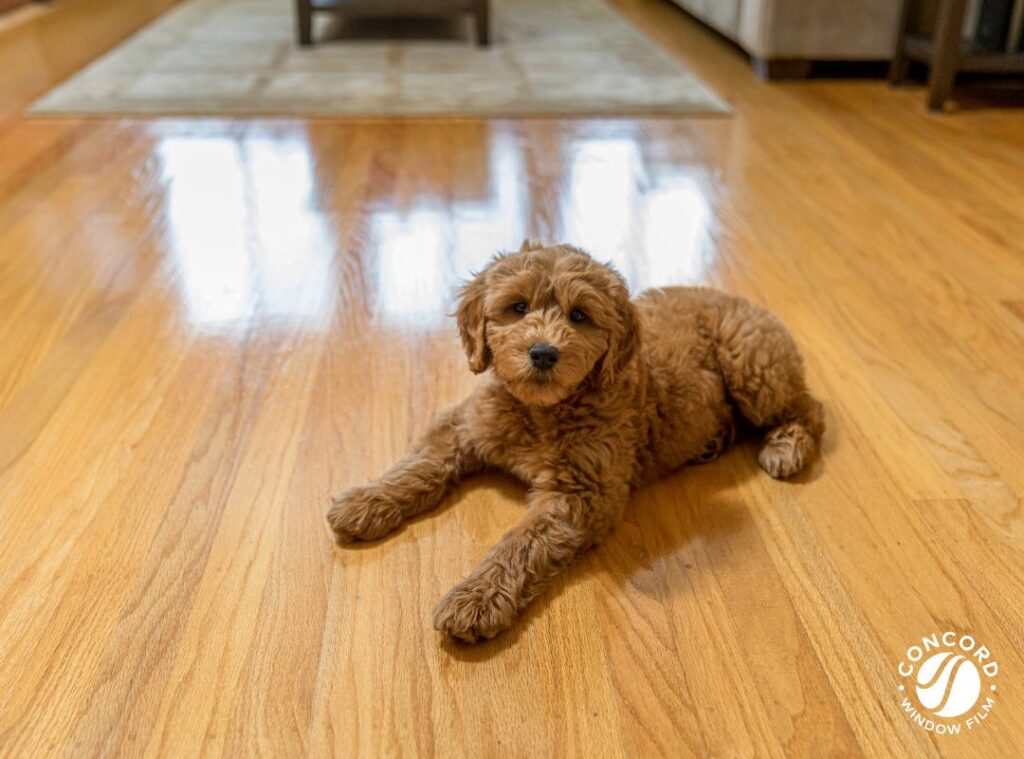
Overall, by following some simple steps in this how to care for wood floors guide, you will be able to enjoy their beauty for many years!